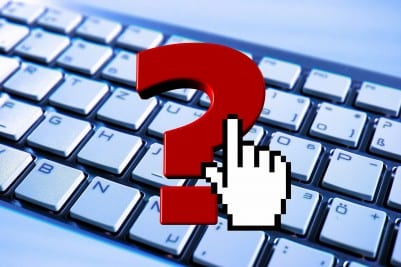The evolution of clickbait content
Breaking down the good & bad of clickbait articles
Clickbait used to be a catch-all phrase for the types of articles that generated clicks but also lead readers away from the site they were on, sometimes through a maze of other sites, to get to the actual article they wanted to read.
 This puts publishers in a tricky position at times, because there’s nothing wrong with an interesting article title that piques the curiosity of readers. But have readers become so aware of the fake articles. And the fake articles have become so good at disguising themselves as real articles, that it becomes difficult to distinguish between them.
This puts publishers in a tricky position at times, because there’s nothing wrong with an interesting article title that piques the curiosity of readers. But have readers become so aware of the fake articles. And the fake articles have become so good at disguising themselves as real articles, that it becomes difficult to distinguish between them.
Is a headline begging them to click because the content is good or begging them to click because the content is terrible?
Because some publishers started using what some now call “trickbait” articles (which are really more like ads because they offer a payout), readers sometimes hesitate to actually click on legitimate articles just because the headline is intriguing.
A generally bad user experience with trickbait can create a general distrust of similar content, which at the end of the day can hurt the reader and the publisher.
Publishers should carefully consider the kinds of “related content” they include that can lead off-site, and the value it provides to their readers versus how it affects their own value to and relationship with their readers.
Poynter.org offers a summary of the different kinds of “bait” articles and the pros and cons of them, from trickbait articles & visual trickbait, to different kinds of legitimate sharebait, such as the articles Buzzfeed or upworthy.com tend to share.
Read more about the different types of clickbait articles at poynter.org
- ← Facebook Instant Articles to be released to all publishers
- The Our Hometown Road Show visits NDNA →

Recent Comments